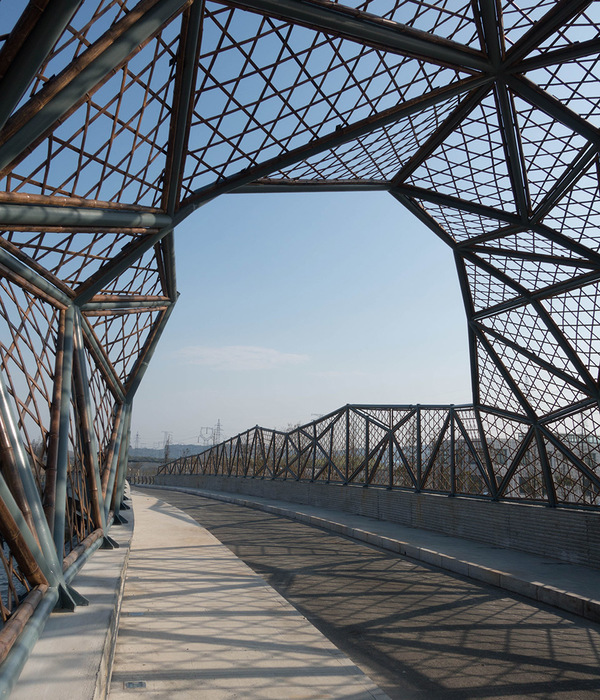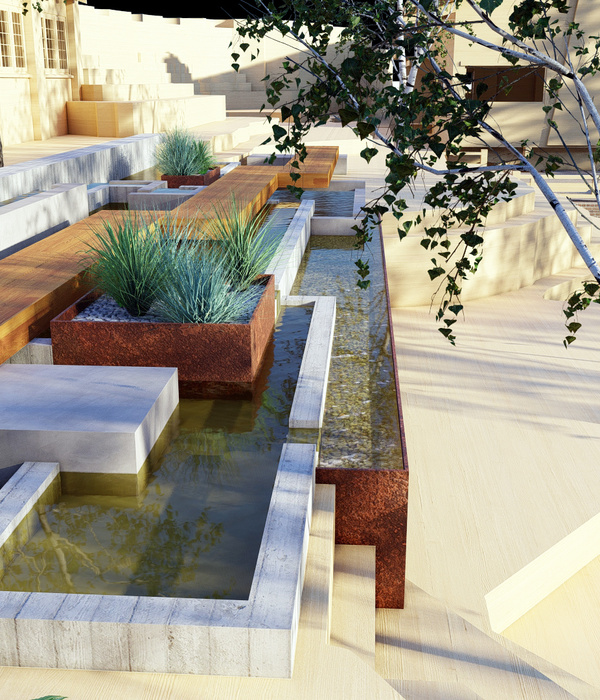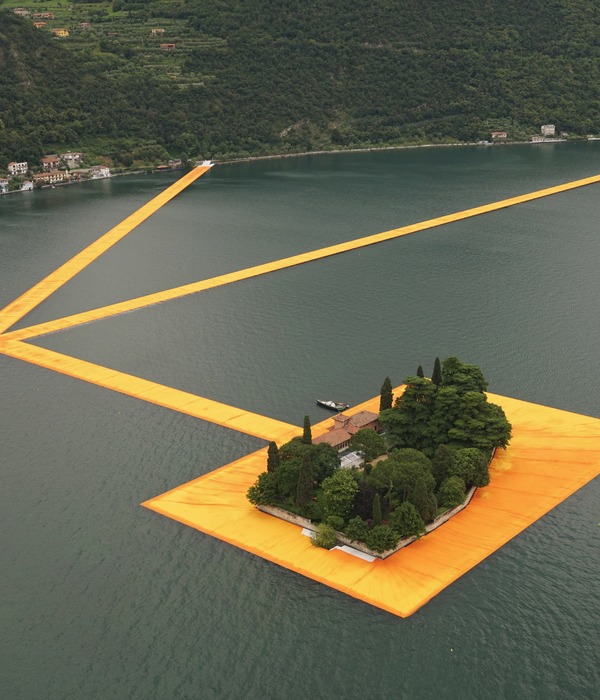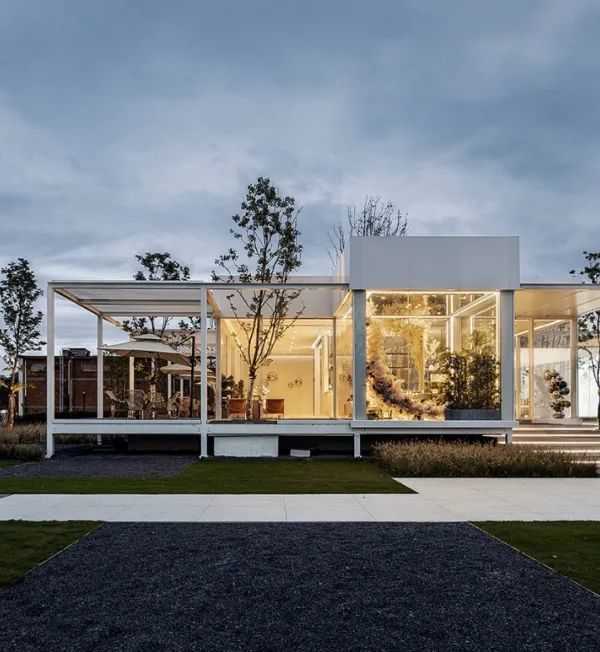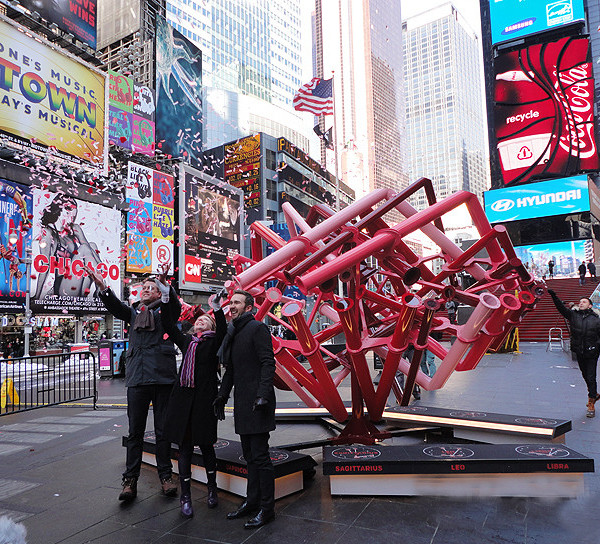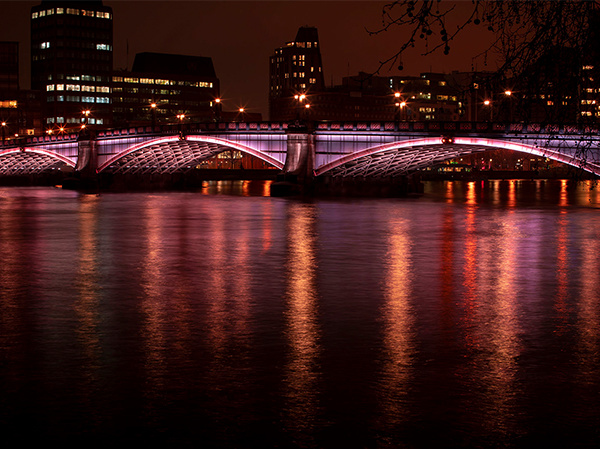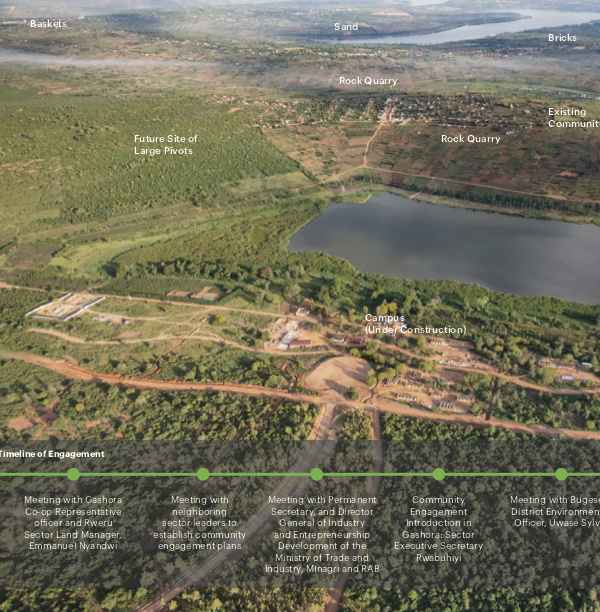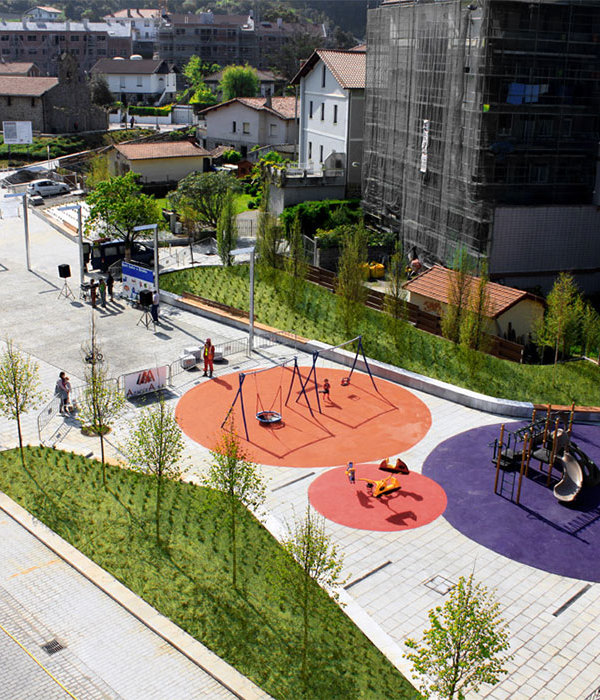Belgorod is an ordinary city in Eastern Russia with a population of over 350,000 people. It was almost fully rebuilt after World War II; however, its public spaces have not been modernized since Soviet times. The Vezelka River embankment was one such abandoned place. A year ago, it was completely undeveloped, and parts were completely isolated. However, it has changed radically through the “Future Cities” program.
It is an example of a brand-new sustainable initiative to transform the attitude towards space usage in the Russian regions while bringing added social value. In addition, the urban design concept was not introduced from above, but rather crowdsourced through polls designed to determine the public space that locals need.
The embankment became a proper public space, while maintaining the appearance of natural territory. The main design tasks were simplifying pedestrian traffic between functional zones, connecting the embankment with the center, and increasing pedestrian flow, all while keeping the riverbanks natural.
The embankment is divided into 4 zones, interconnected by promenades and cycle paths. The Local zone features everyday spaces like playgrounds, sports fields, a dog park and footbridges for fishermen, as well as a recreation zone and picnic area near the water. The Memorial zone preserves historical monuments, while the Industrial zone serves as buffer while connecting the city center with areas near the railway.
The Central zone, at the main pedestrian intersection, is a multifunctional square with a landscaped amphitheater overlooking the river. The amphitheater serves as a meeting place and event platform. In summer it included an LED screen which made the area into a prime fan zone during World Cup 2018.
The opposite riverbank serves as the "Children's Embankment," with a playground complex featuring slides and sculptural playgrounds connected to the other bank by bridge. In addition, the island in the middle of the river is to play an ecological role as a water bird reservation with an extensive landing of aquatic plants. People can enjoy the wildlife from wooden bridges without descending to the island.
Initially, the improvement project was planned in several stages, but the majority of the work was actually completed by the end of 2017, and from technical brief to final construction, the process took a record 10 months. Today, the space is a comfortable area for a leisurely stroll, sports games, children’s play, or a walk with pets. In the summer, it is a lovely concert venue and festival fairground, while in winter, the embankment can be cleared of snow and outfitted with skating rinks, ‘ice towns,’ and heated pavilions.
▼项目更多图片
{{item.text_origin}}


